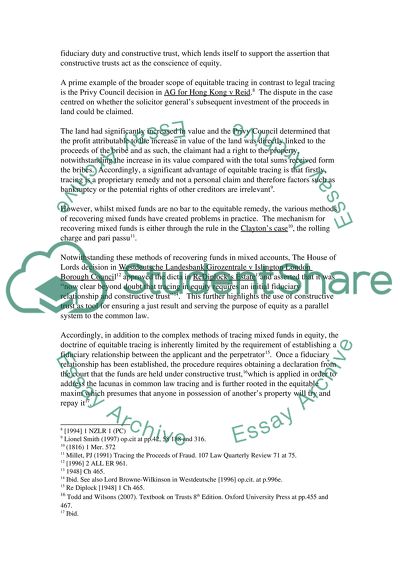Cite this document
(Constructive Trust & Financial Consequences of Relationship Breakdown Case Study, n.d.)
Constructive Trust & Financial Consequences of Relationship Breakdown Case Study. Retrieved from https://studentshare.org/law/1552008-constructive-trusts-show-the-conscience-of-equity-at-work
Constructive Trust & Financial Consequences of Relationship Breakdown Case Study. Retrieved from https://studentshare.org/law/1552008-constructive-trusts-show-the-conscience-of-equity-at-work
(Constructive Trust & Financial Consequences of Relationship Breakdown Case Study)
Constructive Trust & Financial Consequences of Relationship Breakdown Case Study. https://studentshare.org/law/1552008-constructive-trusts-show-the-conscience-of-equity-at-work.
Constructive Trust & Financial Consequences of Relationship Breakdown Case Study. https://studentshare.org/law/1552008-constructive-trusts-show-the-conscience-of-equity-at-work.
“Constructive Trust & Financial Consequences of Relationship Breakdown Case Study”. https://studentshare.org/law/1552008-constructive-trusts-show-the-conscience-of-equity-at-work.


